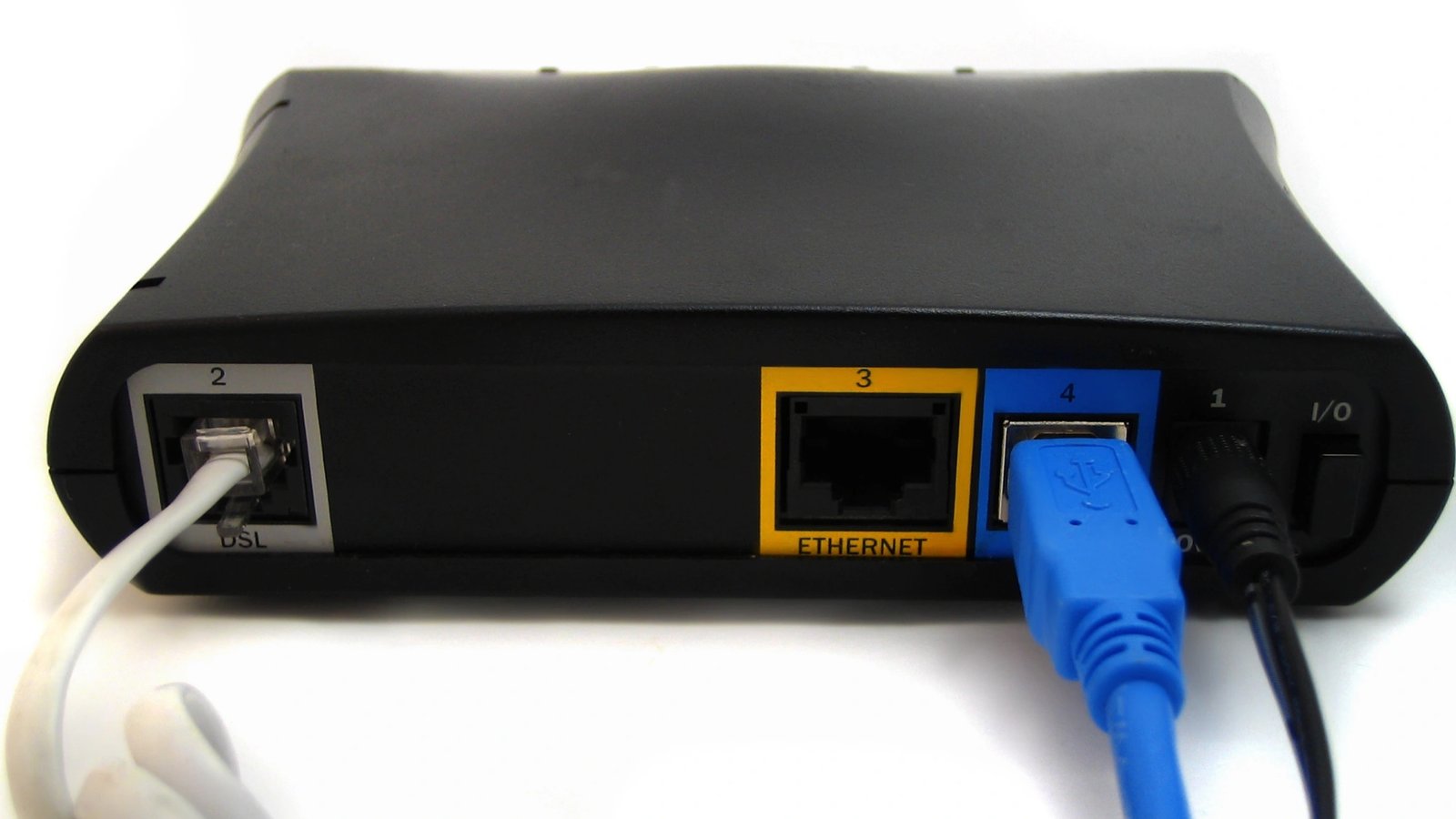In the world of high-speed broadband, cable modems serve as the unsung heroes, bridging the gap between internet service providers (ISPs) and end-users. As Customer Premises Equipment (CPE), they play a pivotal role in DOCSIS (Data Over Cable Service Interface Specification) networks, ensuring seamless data transmission over hybrid fiber-coaxial (HFC) infrastructure.
But what exactly makes cable modems indispensable in DOCSIS networks? How do they enhance performance, reliability, and user experience? In this deep dive, we’ll explore the functionality, evolution, and future trends of cable modems in DOCSIS-powered broadband ecosystems.
Understanding Cable Modems in DOCSIS Networks
What is a Cable Modem?
A cable modem is a network device that modulates and demodulates signals to provide high-speed internet over coaxial cables. Unlike DSL or fiber modems, cable modems leverage the existing HFC infrastructure, making them a cost-effective solution for ISPs and consumers.
DOCSIS: The Backbone of Cable Broadband
DOCSIS is the international standard that governs high-speed data transfer over cable TV systems. Since its inception in 1997, DOCSIS has evolved through multiple iterations:
- DOCSIS 1.0/1.1: Early versions offering up to 42 Mbps download speeds.
- DOCSIS 2.0: Improved upstream speeds (30 Mbps).
- DOCSIS 3.0: Introduced channel bonding, enabling gigabit speeds.
- DOCSIS 3.1: Enhanced efficiency with OFDM modulation, supporting 10 Gbps downloads & 1 Gbps uploads.
- DOCSIS 4.0: The latest standard, enabling full-duplex symmetrical multi-gigabit speeds (up to 10 Gbps both ways).
Cable modems act as the last-mile CPE, translating DOCSIS signals into usable internet connectivity for homes and businesses.
Key Functions of Cable Modems in DOCSIS Networks
1. Signal Modulation & Demodulation
Cable modems convert digital data from a user’s devices into radio frequency (RF) signals for transmission over coaxial lines—and vice versa. This bidirectional communication is crucial for:
- Downstream Traffic (ISP → User): Delivering video streams, downloads, and web content.
- Upstream Traffic (User → ISP): Sending uploads, video calls, and cloud data.
2. Channel Bonding for Higher Bandwidth
Modern DOCSIS 3.0+ modems use channel bonding, combining multiple frequency channels to boost throughput. For example:
- A DOCSIS 3.0 modem with 32 downstream channels can achieve 1 Gbps speeds.
- A DOCSIS 3.1 modem uses OFDM (Orthogonal Frequency Division Multiplexing) for even greater efficiency.
3. Quality of Service (QoS) Management
Cable modems prioritize traffic to minimize latency for critical applications like:
- Online gaming
- 4K video streaming
- VoIP calls
4. Security & Encryption
DOCSIS mandates Baseline Privacy Interface Plus (BPI+) encryption, ensuring secure data transmission between the modem and the ISP’s CMTS (Cable Modem Termination System).
Why Cable Modems Remain Essential in DOCSIS Deployments
1. Cost-Effective Broadband Expansion
Since cable networks already reach millions of households, ISPs can upgrade to DOCSIS 3.1/4.0 without costly fiber trenching. This makes cable modems a scalable, economical CPE solution.
2. Backward & Forward Compatibility
DOCSIS standards are backward-compatible, meaning:
- A DOCSIS 3.1 modem works on older DOCSIS 3.0 networks.
- Future-proof DOCSIS 4.0 modems will support next-gen speeds without infrastructure overhauls.
3. Low Latency & High Reliability
Advancements like Low Latency DOCSIS (LLD) in DOCSIS 3.1+ reduce ping times, making cable internet competitive with fiber for real-time applications.
4. Support for Advanced Services
Modern cable modems enable:
- IPv6 adoption
- Wi-Fi 6/6E mesh networking (in gateway models)
- Smart home integrations
Future Trends: Where Cable Modems Are Headed
1. DOCSIS 4.0 & Symmetrical Multi-Gigabit Speeds
With 10 Gbps symmetrical speeds, DOCSIS 4.0 will rival fiber, eliminating the traditional upload speed bottleneck of cable networks.
2. Enhanced Power Efficiency (Energy Savings)
Next-gen modems will comply with Energy Star 4.0, reducing power consumption without sacrificing performance.
3. AI-Driven Network Optimization
AI-powered cable modems will:
- Predict and resolve congestion
- Self-optimize channel allocation
- Enhance cybersecurity
4. Expansion of Remote PHY Architectures
Moving PHY layer processing to the network edge (via Remote PHY devices) will further reduce latency and improve scalability.
Conclusion
Cable modems are far more than just “dumb” CPE devices—they are intelligent, evolving components that drive the performance of DOCSIS networks. From enabling gigabit speeds to supporting next-gen applications, their role is indispensable in modern broadband ecosystems.
As DOCSIS 4.0 rolls out, cable modems will continue bridging the gap between legacy HFC networks and fiber-like performance, ensuring that millions of users worldwide enjoy fast, reliable, and future-proof internet access.
